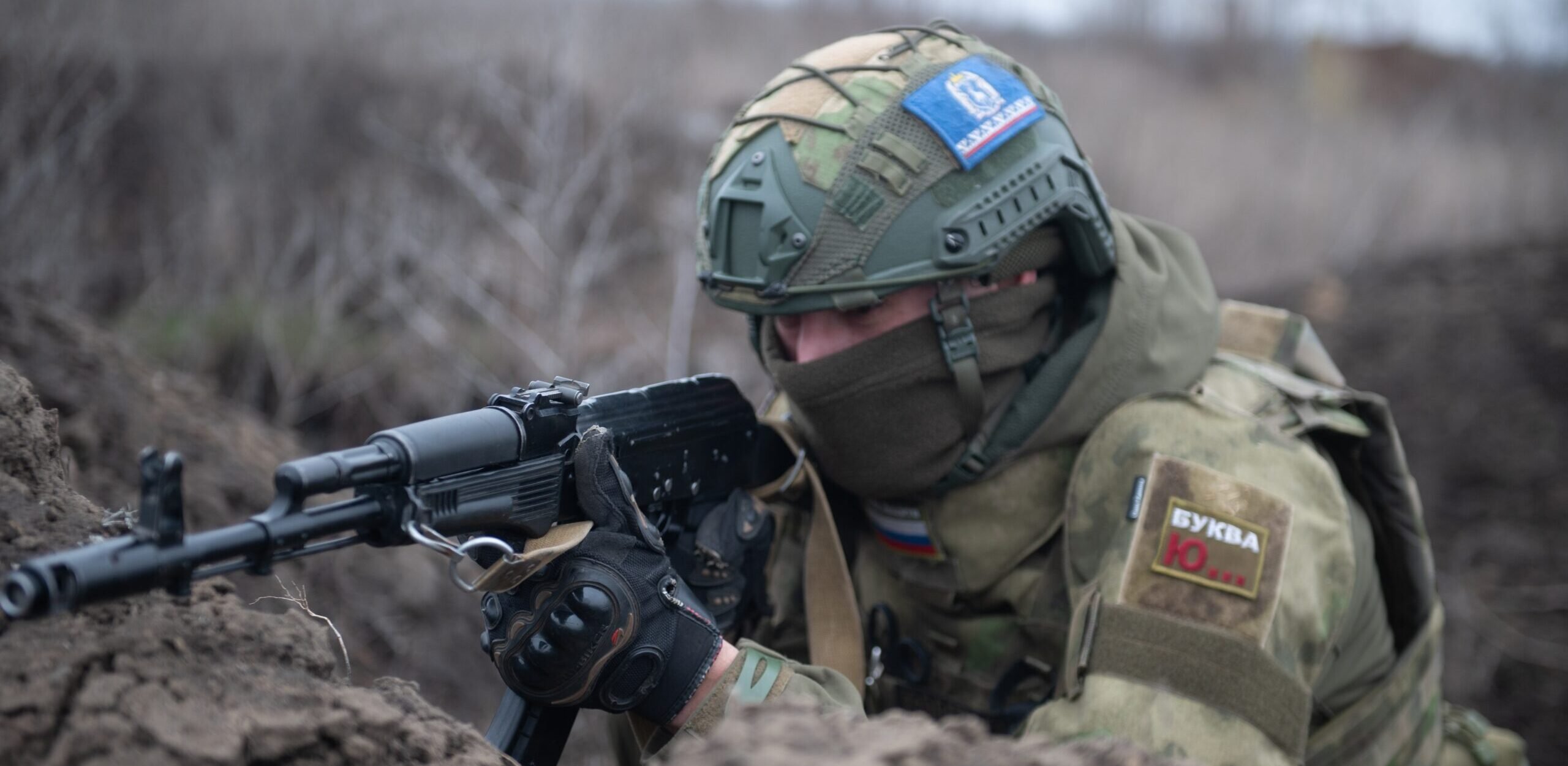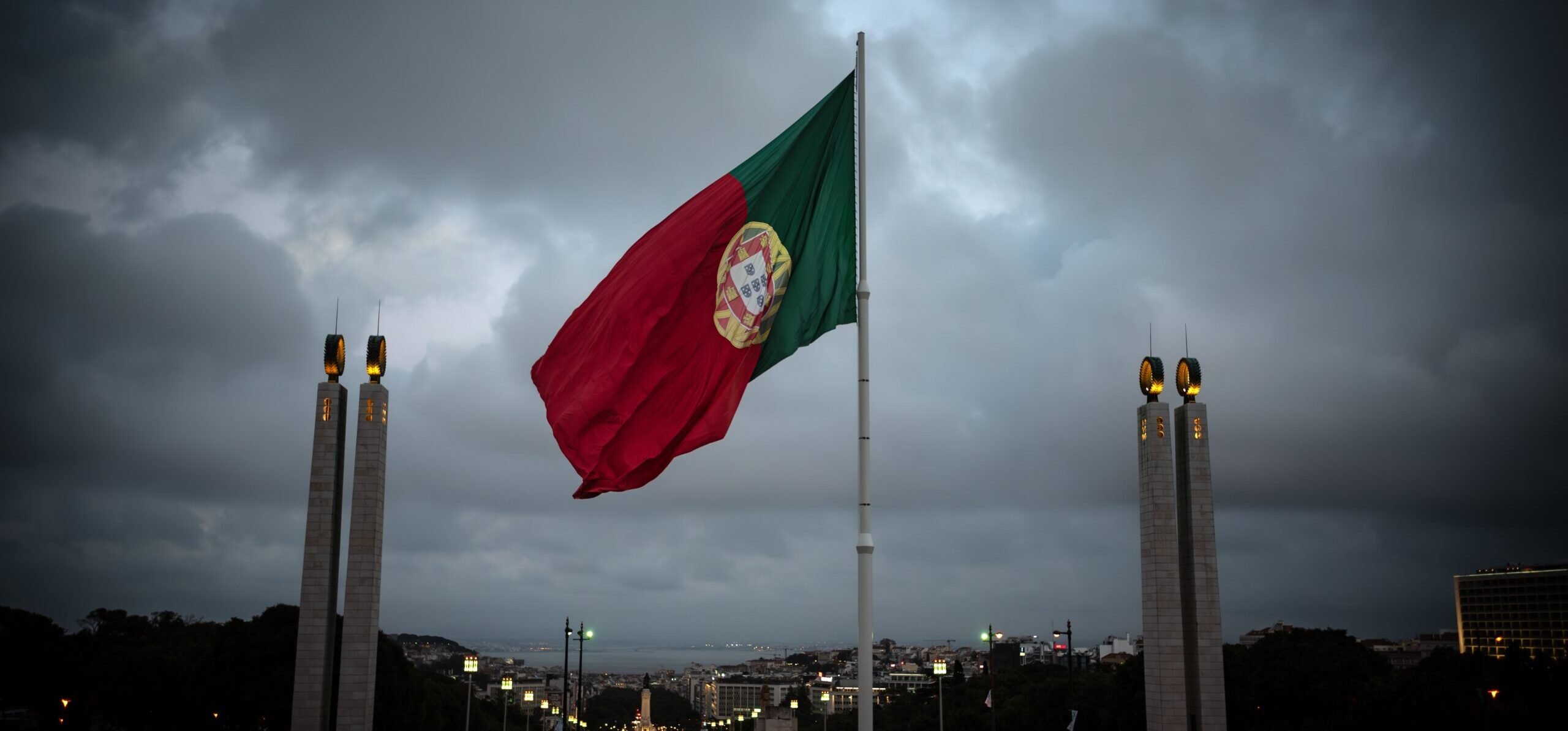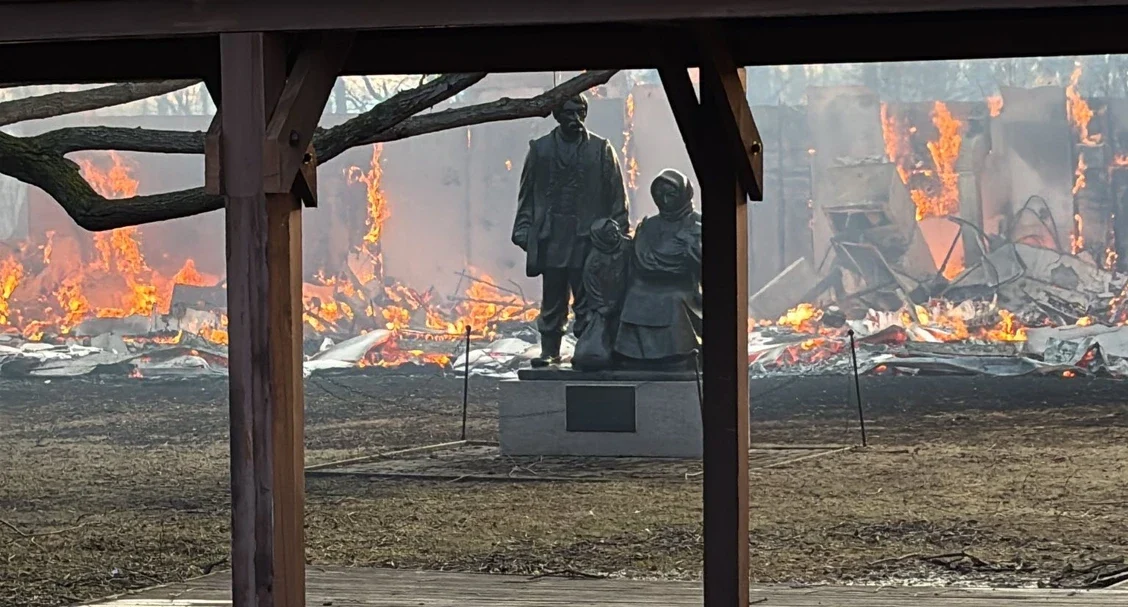
On the night of March 22, Russia carried out the most extensive attack on Ukraine’s energy infrastructure, delivering a combined missile and aerial strike. The repercussions of this attack are yet to unfold, leaving a tense atmosphere as Ukraine grapples with this latest challenge to its resilience.
“The goal is not just to cause damage, but to attempt once again, as last year, to trigger a massive failure in the country’s energy system. Unfortunately, there have been hits and damage to generation facilities and the electricity transmission and distribution systems in various regions,” reported Energy Minister German Galushchenko.
The occupiers targeted critical infrastructure facilities and overall utilized 151 aerial attack means, as reported by the Air Force.
65 Iranian drones, 12 Iskander-M ballistic missiles, 40 Kh-101/Kh-555 cruise missiles, 5 Kh-22 cruise missiles, 7 Kinzhal aeroballistic missiles, 2 Kh-59 guided aviation missiles, as well as 22 S-300/S-400 surface-to-air missiles targeted peaceful cities in Ukraine.
Explosions were heard in Kharkiv, Dnipro, Zaporizhzhia, Kryvyi Rih, Vinnytsia, Khmelnytskyi, Ivano-Frankivsk, and Lviv Oblasts.
Russia provokes catastrophe at Dnipro HPP and ZNPP
During the attack, the Russians struck the largest hydroelectric power station in Europe, located in Zaporizhzhia Oblast – Dnipro HPP – eight times. There were two direct hits – at the HPP-1 unit and HPP-2 unit, as Ihor Syrota, General Director of Ukraine’s largest hydropower company Ukrhydroenergo, reported.
“Currently, there is a threat that we may lose the plant. One missile hit the overhead crane beams and struck a support pillar. Thus, HPP-2 unit is in critical condition. HPP-1 unit is also not operational at the moment. Therefore, we are taking all measures to raise the gates and release water. We will assess the consequences of the attack within the day and understand what happened. And [we will assess] whether it (HPP-2 unit – ed) will be able to operate. And if it will, we need to understand whether it will be in a limited mode or whether HPP-2 will not be able to operate for a certain period,” said Syrota.
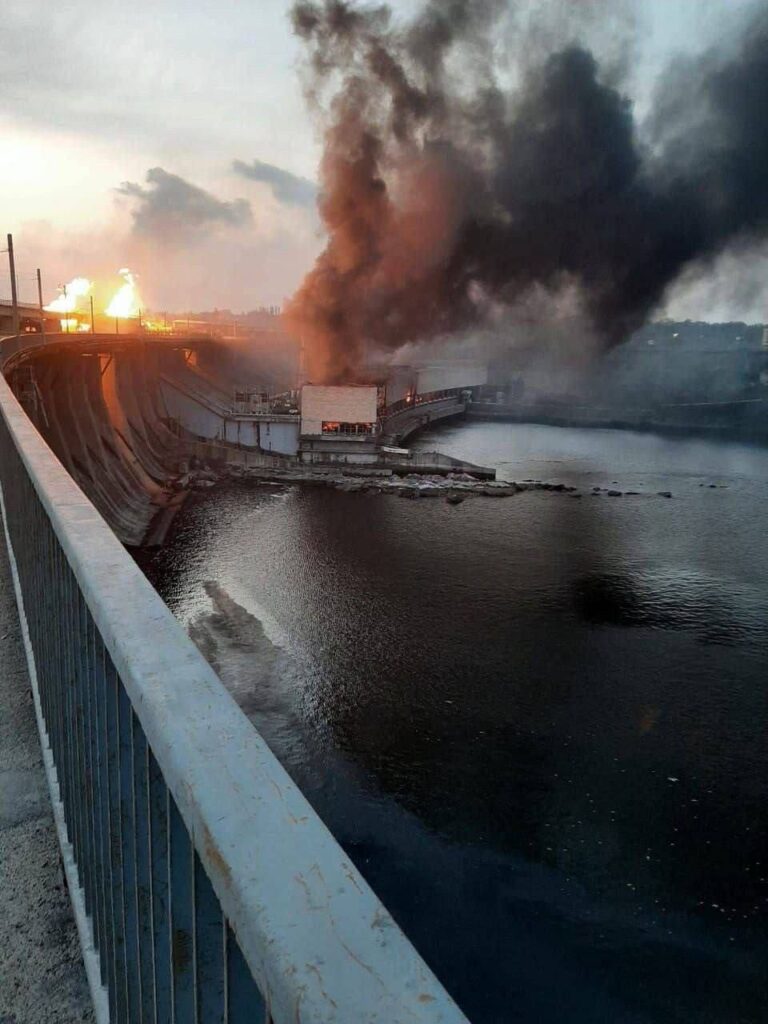
In 1941, as Soviet forces retreated, they deliberately destroyed a portion of the Dnipro HPP dam. This act caused a 30-meter-high wave that swept through the area, causing widespread destruction and resulting in the tragic loss of thousands of civilian lives.
There is no risk of the dam breach, Syrota assured.. A trolleybus was passing through at the time of the attack on the Dnipro HPP bridge. “The world sees the targets of Russian terrorists as clearly as possible: power plants and energy supply lines, a hydroelectric dam, ordinary residential buildings, even a trolleybus. Russia is fighting against the ordinary life of people,” said Ukrainian President Volodymyr Zelenskyy.
Currently, in several regions, there are emergency power, heating, and water supply outages.

Due to the Russian attack, the largest nuclear power plant in Europe, the Zaporizhzhia Nuclear Power Plant, once again teetered on the brink of a blackout. An external power line connecting the temporarily occupied Zaporizhzhia NPP with Ukraine’s unified energy system was disconnected, as reported by Energoatom, the sole legitimate operator of the ZNPP. Ukrainian power engineers swiftly restored power.
“Since the beginning of the Russian occupation, the Zaporizhzhia NPP has already experienced eight complete blackouts and one partial blackout – with the activation of emergency diesel generators and safety systems. Their failure threatens the onset of an emergency situation,” said Energoatom.
The entire street is destroyed: aftermath of the attack
Three people have been killed and eight others were injured in Zaporizhzhia Oblast, said the regional head Ivan Fedorov. At least three people are missing in Zaporizhzhia city, and 10 were injured. Four houses have been destroyed on one of the city streets, while another 40 have been damaged. The search operation is ongoing. In total, seven residential buildings have been destroyed, two production buildings have been damaged, and 37 residential buildings, two of which are multi-story, have been affected.
In Khmelnytskyi, at least two people have died, with eight others injured. A 21-year-old girl was rescued from under the rubble.
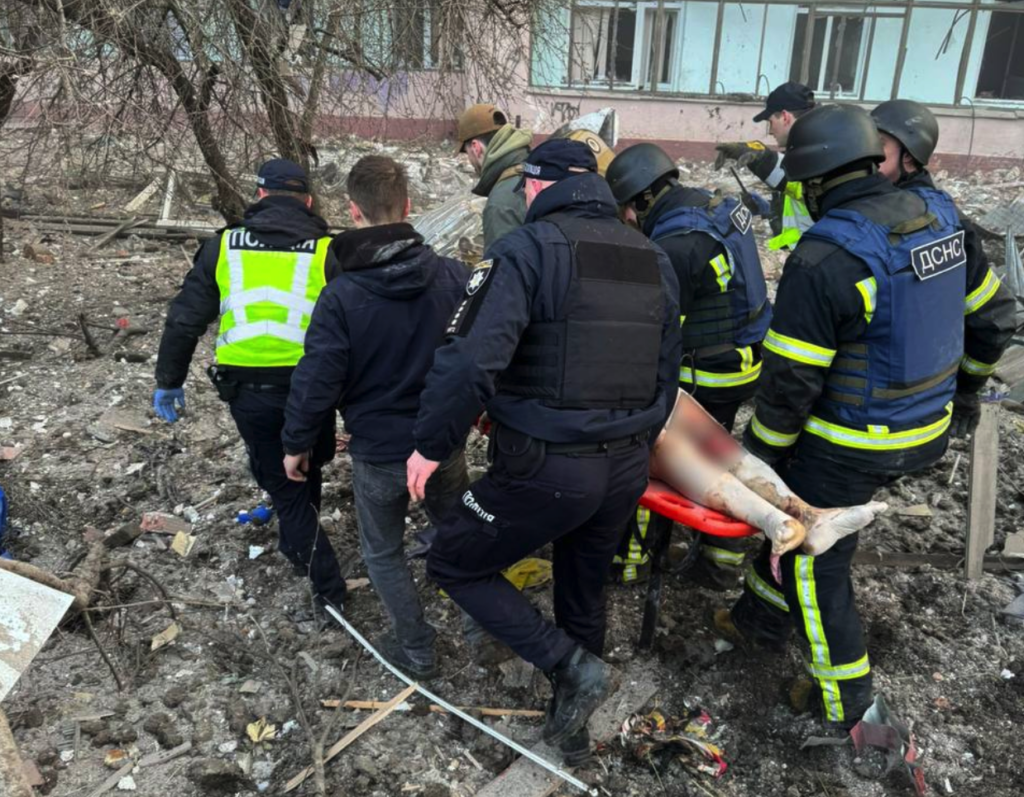
In Kharkiv Oblast, an employee of one of the energy infrastructure facilities was injured, reported the Ministry of Internal Affairs.
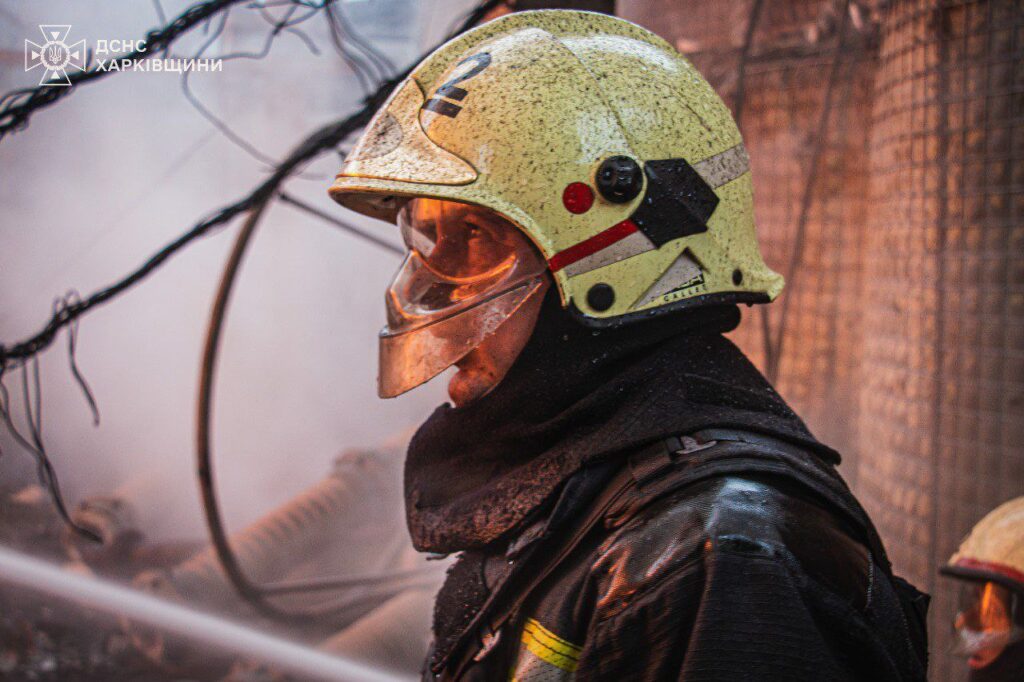
In Ivano-Frankivsk Oblast, two people were injured by Russians during an attack on a critical infrastructure facility.
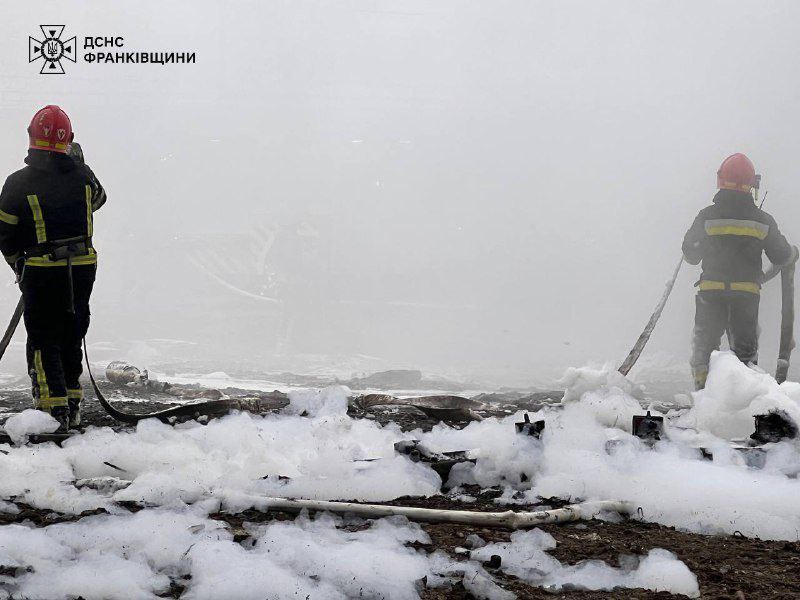
“All of our services are currently engaged in the aftermath of the attack. We are utilizing robotic technology in hazardous areas to minimize injuries to rescuers,” stated the Ministry of Internal Affairs.
World’s reactions
The West is making mistakes in its strategy to support Ukraine, and these mistakes are unjustifiable, said Lithuanian Minister of Foreign Affairs Gabrielius Landsbergis. “We choked the weapons supply, we failed to provide enough air defence, and now we ask Ukrianians to sit on their hands while cruise missiles land on their families. Such mistakes are setting the course of the entire century. And there is no justification for any of this.”
US Ambassador to Ukraine Bridget Brink called for immediate support for Ukraine. “For the second consecutive day, all of Ukraine wakes up even before dawn due to the threat of hypersonic and cruise missiles. Russia’s barbaric attacks across the country continue to endanger civilian populations and violate international law. Ukraine needs our help now,” wrote Brink.

